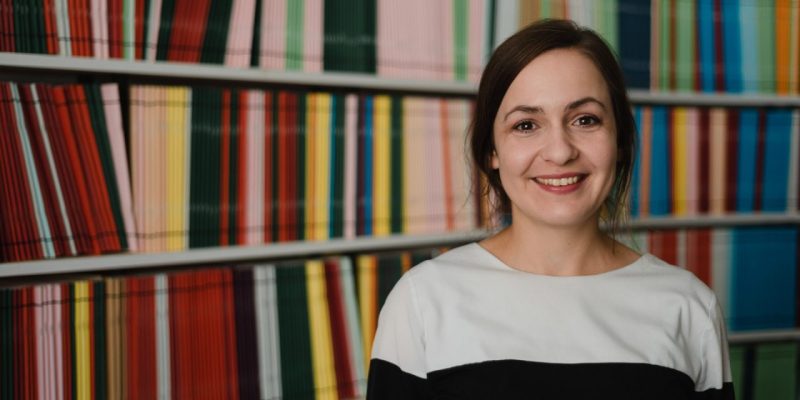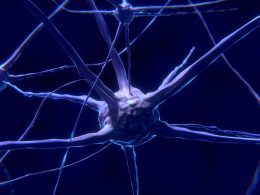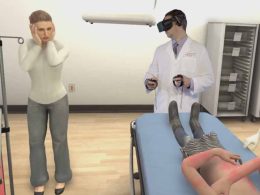A research team at CEMM in Vienna is developing a medical analysis based on virtual reality. This allows entry into the human cell and shows more information than 2D representations. The new technology promises faster diagnosis of rare diseases triggered by genetic changes.
Patients with rare diseases often take years to be diagnosed. If this were done quickly, suitable therapy would be possible at an early stage and the patients' lives would be significantly better. The molecular biologist Pazmandi, who completed her doctorate at the Research Center for Molecular Medicine (CEMM) of the Austrian Academy of Sciences (ÖAW) and the Ludwig Boltzmann Institutefor Rare and Undiagnosed Diseases in Vienna, is looking for the solution to the problem in the inadequate presentation of patient data: 2D and on small computer screens, information is lost and complex correlations are difficult to understand.
Improved display and accelerated diagnosis
Pazmandi developed a laboratory in an interdisciplinary team that allows the viewer to enter the human cell - using virtual reality glasses, earphones and two joysticks. There, the viewer is presented with a network of proteins in 3D. The display only provides information about possible cell mutations in connection with additional patient information such as tissue and blood samples. Conspicuous areas can then turn red, for example.
"Genes, proteins, enzymes and molecules do not function in isolation on their own, but interact and communicate with each other constantly." Julia Pazmandi
Analyses in real time
The researcher can move around the virtual network and interact with the representation. He can zoom in and out and view individual proteins in detail. The molecular context is revealed and analyses can be carried out in real time. Computer codes are used to analyse the networks.
Data analysis on the basis of networks
Originally designed for rapid diagnosis of rare diseases, the technology is also suitable for research into other diseases that are triggered by genetic changes. This may be the case with cancer, for example. Even an application outside medicine is conceivable: The system is suitable for any kind of data analysis based on networks. Theoretically, it could also be used for social network analysis.
Source: innovationorigins









